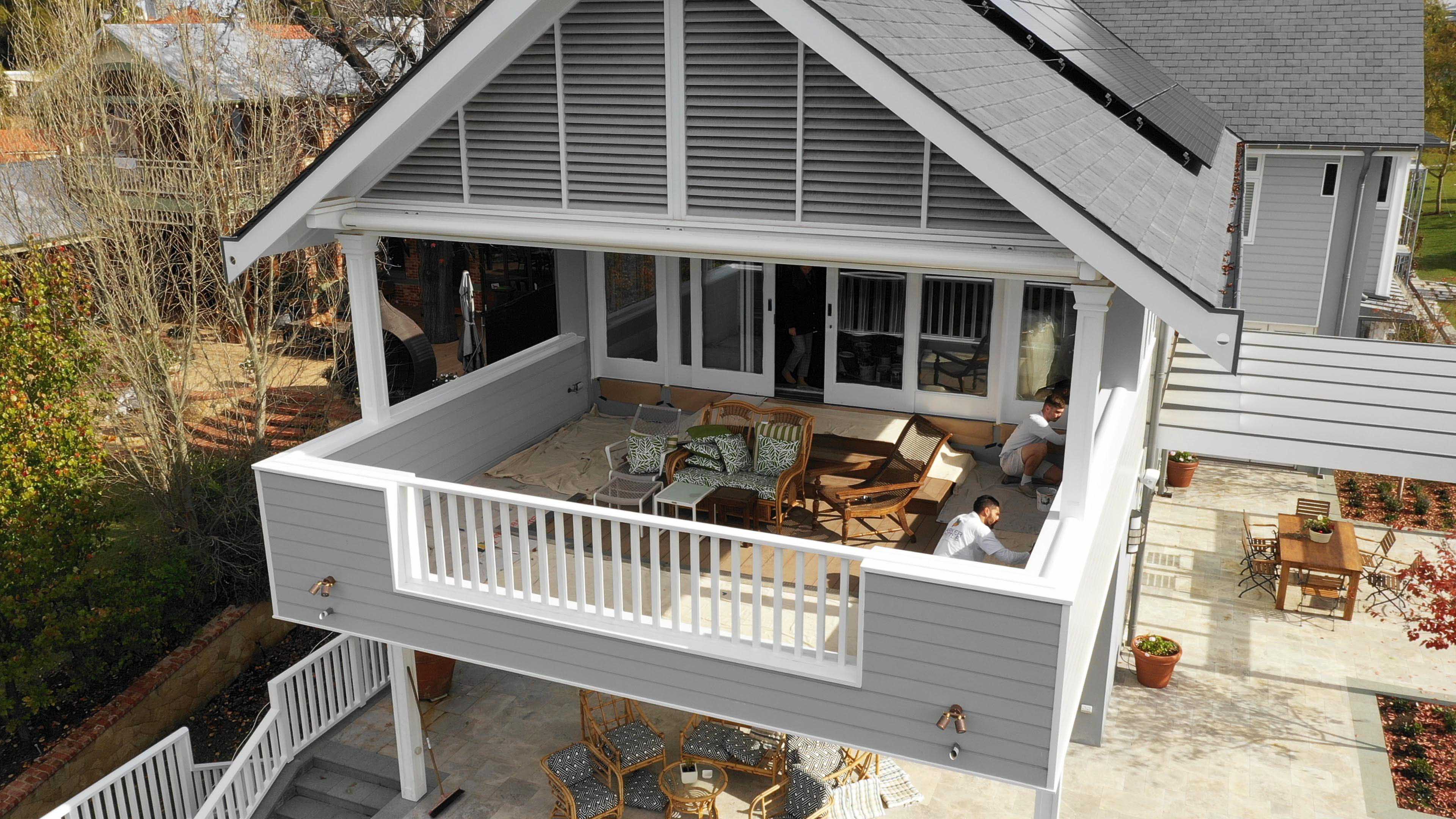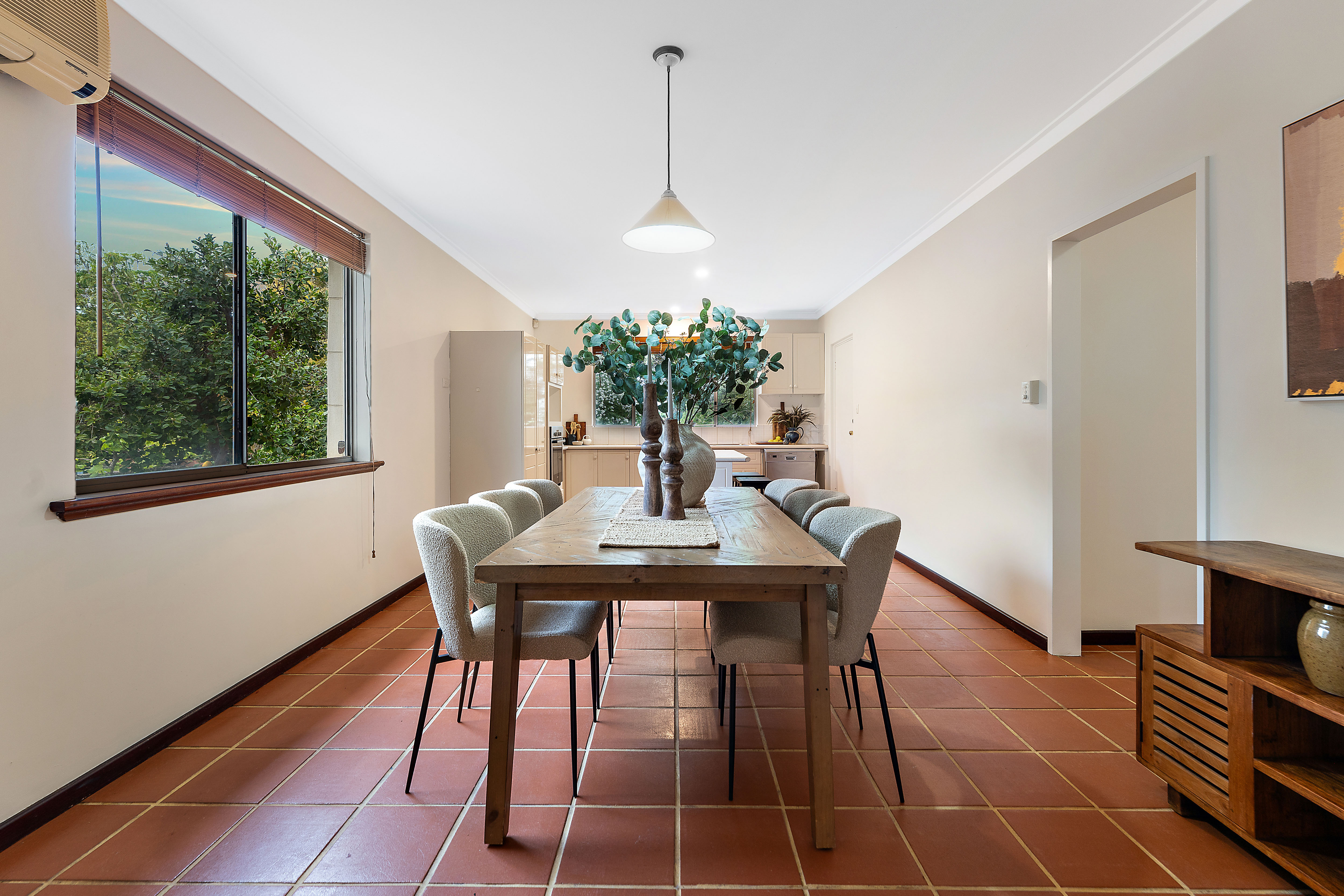Futurism is now a legitimate profession — and we’re not talking about the early 20th-century Italian art movement. Today’s Futurists make educated guesses about which aspects of the lived experience — from the natural world to philosophical concepts and cultural behaviours — are likely to continue, and which are likely to become obsolete. This trend-spotting even has an impact on what home painting might look like by, say, 2025. Here are some of the more practical possible futures we can look forward to:
Graphene paint that powers your home
First discovered in 2004, graphene is a flexible form of carbon that’s one atom thick. It’s harder than diamond and the best conductor of electricity for miles around. Scientists are developing many applications for this material, but one of them is to create a photovoltaic paint. This means you’ll be able to give your home a facelift using paint that can harness solar power. Soon you’ll be powering your home appliances with the thinnest, most extensive solar panels currently known to man — and you’ll even be able to pick and choose the colour.
Reach new heights with drone painters
Health and safety concerns for workmen on your property will reach record lows. Master painting is going to become less about how well you can wield your brush and rollers, and more about combining your understanding of the principles of painting with your ability to pilot a drone. These robots will be able to do all the tasks that are hard or dangerous for humans to do — while cutting costs too. It may be a while before roboticists are able to program robot swarms capable of specialist work like texture coating, but at least we can look forward to a future in which painting your house needn’t cost the Earth.
Shimmer in any colour of the rainbow
Advances in biotechnology mean you could soon have your home painted in the shimmering shades of a butterfly’s wing. Say hello to structural colours — colours that change according to their interaction with light. Structural colours are found in everything from plants to peacocks, and are responsible for things like photosynthesis and camouflage. Scientists have identified the exact genes responsible for this phenomenon. By inserting these genes into flavobacterium, they were able to transfer this ability to create metallic colours of any shade or intensity. Work is underway to apply a natural fixative to these bacteria, which will allow them to be used commercially as a biodegradable paint!
A company that stands the test of time, is a company that looks to the future. At Barker Whittle, we take our recognition as Perth master painters (and texture coating specialists), seriously. We work to earn and maintain that respect everyday, so that we can pass the very best service on to you. This means we stay ahead of trends, every time. Contact us for your free, no-obligation quote and look forward to being among the first Perth homes to sport the latest in painting innovation.









